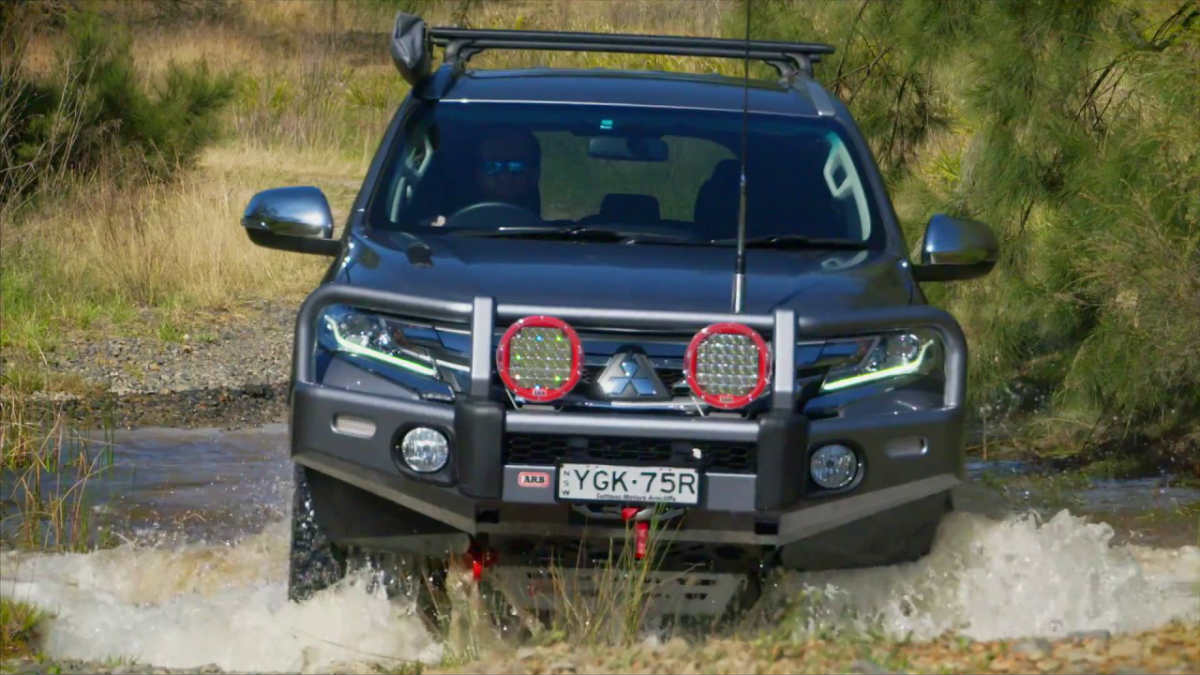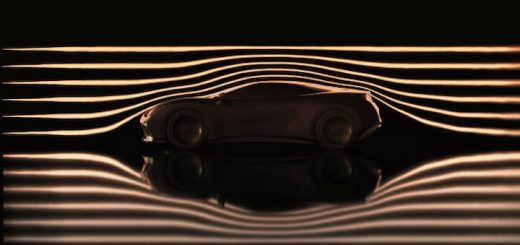Everything You Need to Know About Car Superchargers
There are several ways to increase engine power and torque. But supplying more air at higher pressure, or what is known as forced induction, is effective and delivers on multiple fronts. Turbocharging, or reusing exhaust gases to turn impellers and draw more atmospheric air is one popular option. The other is using belt, shaft or gear-driven compression systems powered by the engine crank, or superchargers. Revised and perfected superchargers are making a comeback, and are giving modern turbochargers and turbocharged cars a run for their money.
Basics of Superchargers
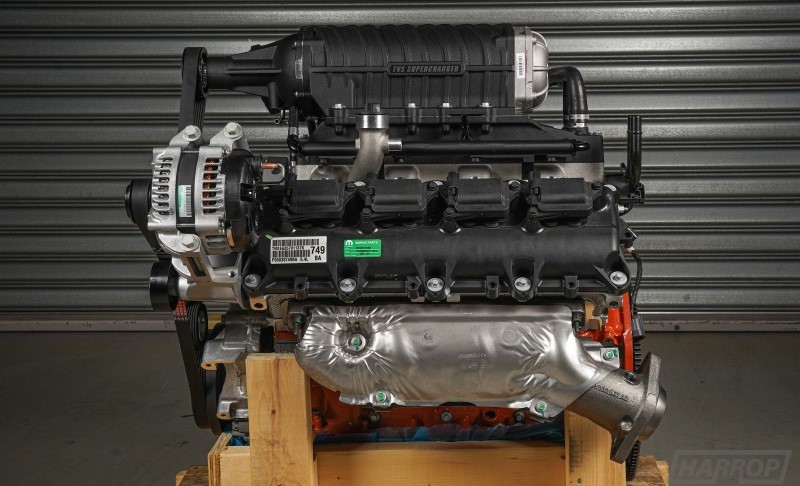
Burning more fuel and air is the simplest way to double or triple engine power. In the simplest sense, superchargers are mechanical pumps that force pressurised air into the intake manifold. This raises air volume and oxygen content, with the ECU or carb adjusting the fuelling for higher combustion efficiency. With bigger bangs, and more power pushing against pistons, conrods and the crank, the parts provide a substantial power and torque increase. While similar in purpose to turbochargers, a supercharger car upgrade is powered by a mechanical linkage (a belt, gearset, shaft or chain) connected to the crankshaft. The main advantage of this design is that as crankshaft (and engine) speeds increase, so does the rotating speed of the supercharger, maintaining consistent power over a wide rev range.
Are All Superchargers Created Equal?
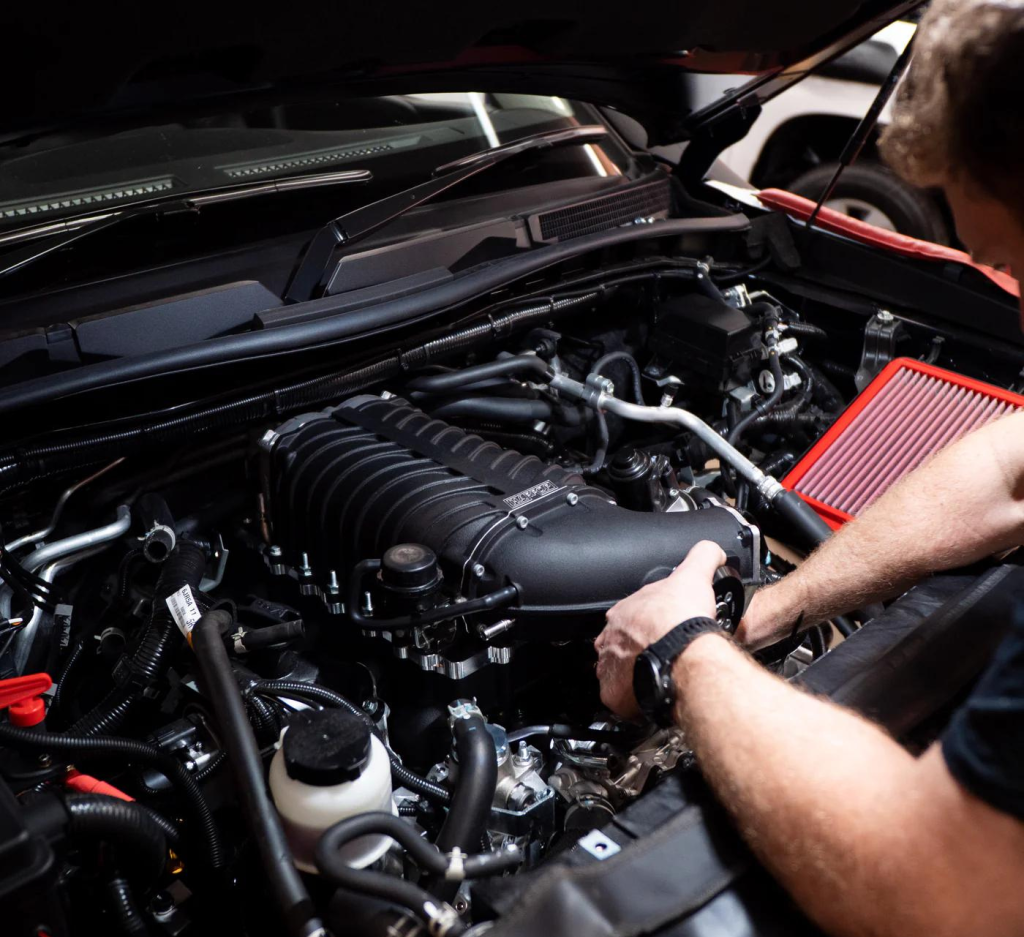
There are two types of superchargers in terms of how they compress air – positive displacement and centrifugal. Positive displacement superchargers come in several designs, with a roots-style and screw type being more widespread.
Roots-style
Roots-style types (or “blowers”) are some of the oldest superchargers, seen sticking out of muscle car engines. They’re bolted in place of the intake, with carbs (or throttle bodies in injected engines) bolted on top. The design is simple and works by drawing atmospheric air, while compression occurs outside of the supercharger, in the combustion chamber. One of the main benefits is that the supercharger produces the same amount of additional power over a defined rev range, by displacing the same amount of air. They’re also relatively simple to produce and install, usually reliable and easy to maintain. Typical uses are in aspirated muscle cars and drag racers. The only downside is that they can get hot, and are not suited to smaller-displacement engines with limited engine bay space.
Scew-type
These are a revised design of older Roots superchargers, consisting of two interweaved rotors. Air is compressed the further it moves along the screws. Major advantages compared to roots-style types are the lower working temperatures, and the ability to push higher air volumes, even from idle and maintain steady power curves the higher the RPMs. Another plus is the smooth throttle response, without the jerkiness typical of a roots blower. The downsides are more work is needed during installation, and that they’re more expensive and harder to find.
Centrifugal
These compress the air inside the casing using an impeller, similar to a turbo. The compressed air is then discharged through a charge pipe to the carburettor or throttle body. The main advantage is the variable speed of the impeller, meaning higher boost rates at higher RPMs. This though can be a downside at idle and lower engine speeds, but is countered with step-up drives in newer versions. Changing the impeller size additionally allows for flexibility across different uses. Other reasons to consider a centrifugal supercharger car upgrade are the smaller footprint compared to positive displacement types, lower operating temperatures and generally higher reliability.
Supercharged Benefits
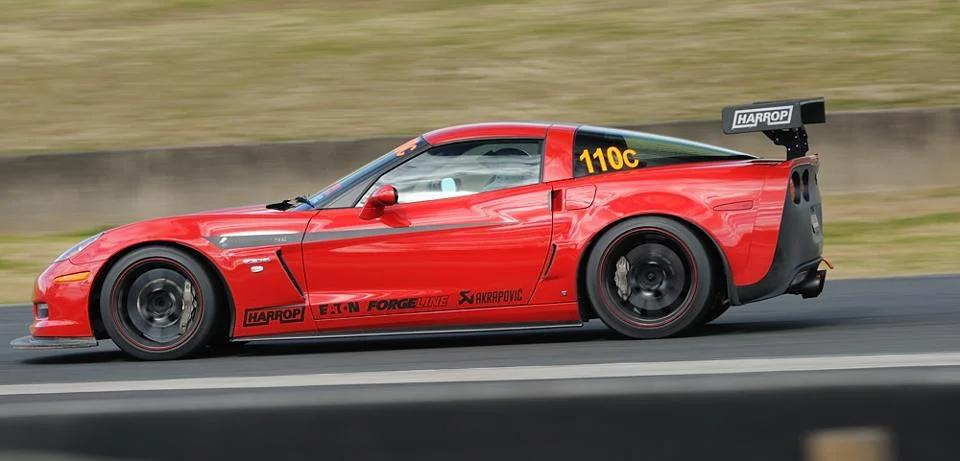
The concept of supercharging has been around as long as the internal combustion engine. The main benefits, for passenger cars anyway, include:
- Huge power gains – even basic and smaller roots-style blowers can boost stock power output by a third, and this before changes like porting cylinder heads. For a car that makes 300hp in stock form, you’ll be looking to get at least 100 hp more.
- Power is available early on – superchargers kick in earlier in the rev range. They also fire up instantly, so power is available even before you press the gas pedal. These are the two main advantages that superchargers have over turbos. In short, there’s no turbo lag and power can be calibrated across a wider rev range.
- Simplicity and easier installation- while boost levels vary between the different types and sizes of superchargers, the devices are simple in design and operation and much easier to install than turbos with comparable boost levels and power gains.
While they’re preferred in larger displacement performance cars, superchargers do come at a cost, and may not be as efficient as newer twin scroll and variable geometry turbos. This doesn’t mean that the technologies are mutually exclusive. Some cars have both a supercharger and one or two turbos when you really need more speed.
Other Mods to Consider When Bolting on a Supercharger
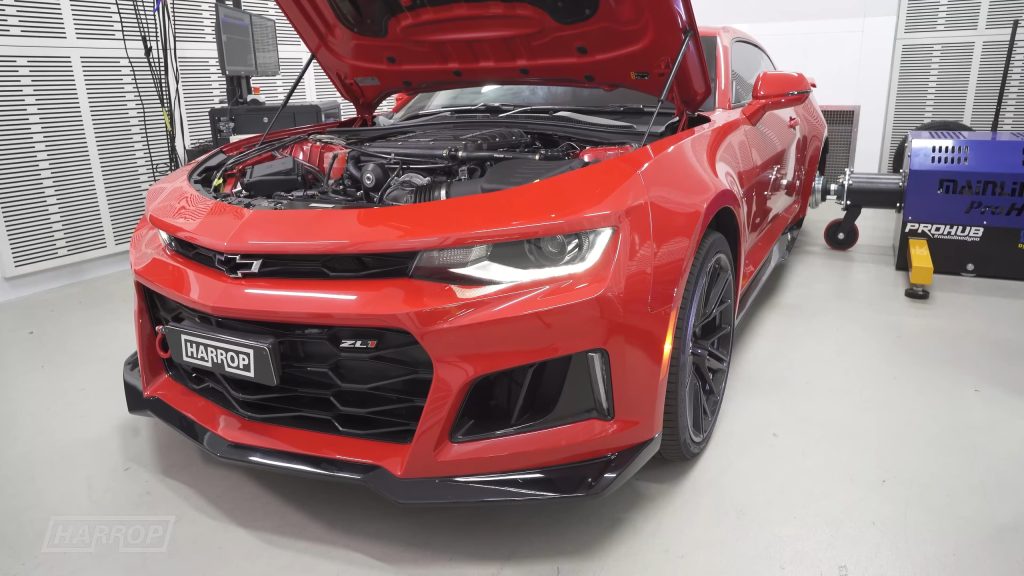
Superchargers producing low to medium boost levels can be fine on their own in engines with lower compression ratios. However for a higher boost, consider upgrading the intercooler to deal with heat increases, changing from stock to performance cams and uprating injectors to tame fuel and timing issues, and consider a high-flow exhaust for better breathing. For larger variants with a very high boost, you may also need to go with strengthened internals. ECU remaps are the last mod to balance out all changes. And since there’s more power and speed, change out the stock brake parts for better braking power from higher speeds, just to stay on the safe side.

